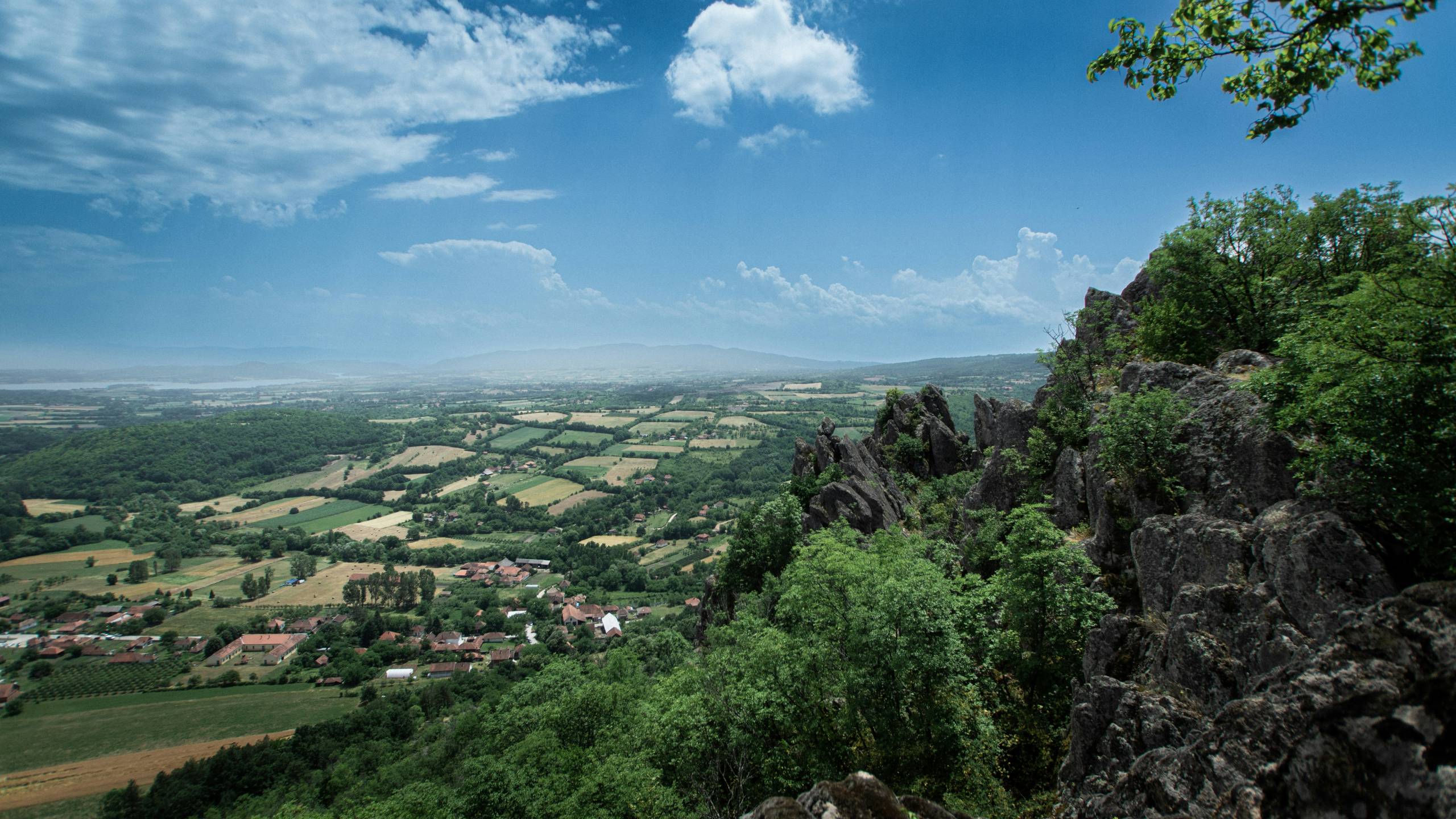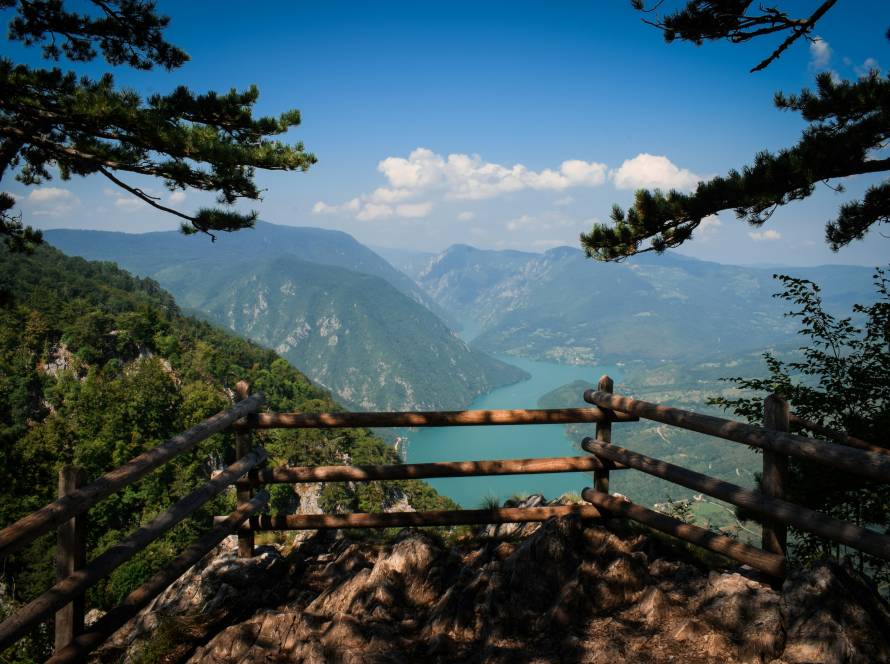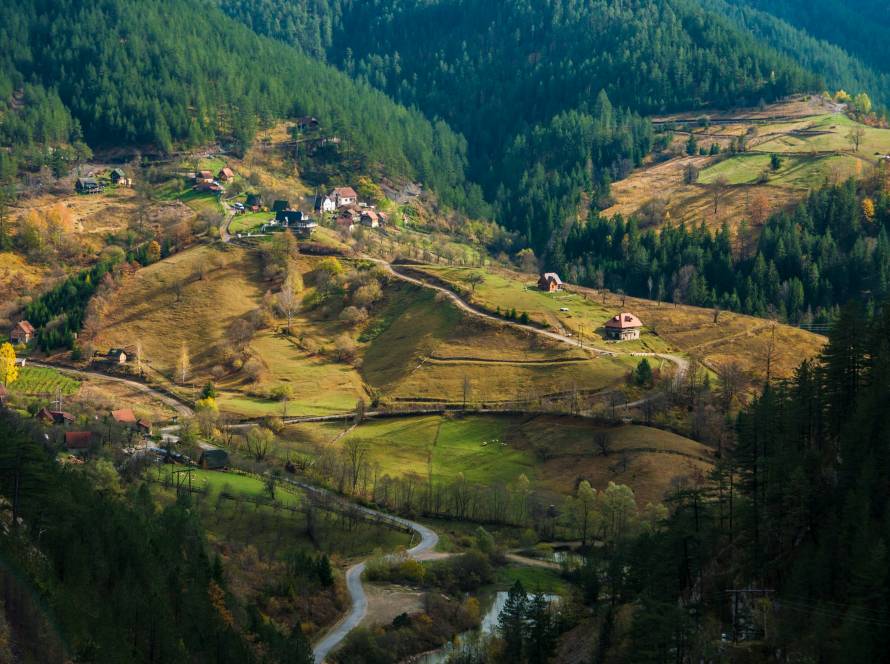Threats to Ecosystems and Biodiversity from Lithium Mining
Lithium mining, often promoted as a solution to global clean energy needs, brings significant risks to ecosystems and biodiversity. The extraction process not only disrupts natural habitats but also introduces pollutants, leading to ecological imbalances and loss of species. In regions like Serbia’s Jadar, the environmental consequences of lithium mining could be devastating. This article examines the specific threats that lithium mining poses to ecosystems and biodiversity, using scientific evidence and real-world examples.
Habitat Destruction
Lithium mining typically involves clearing large areas of land to access mineral deposits. This land clearance can result in the destruction of forests and natural vegetation, which are essential habitats for many species. In the Jadar region, proposed lithium mining could lead to the deforestation of over 2,000 hectares of land. This destruction not only displaces wildlife but also leads to a decline in biodiversity. Studies show that habitat destruction can cause up to a 30% decline in species richness within just a few years of mining operations.
Water Pollution and Its Impact on Aquatic Life
The chemicals used in lithium extraction, such as sulfuric acid, pose a severe threat to water quality. Runoff from mining sites can carry these chemicals into rivers and lakes, contaminating water sources. For instance, in Argentina’s lithium-rich regions, chemical spills have led to a 70% reduction in fish populations. In Serbia, if similar contamination occurred in the Jadar River, it could lead to a 50-70% decline in aquatic life within the first year of mining operations. Aquatic plants, which are crucial for maintaining water quality and providing food for fish and other organisms, would also be at risk.

Soil Contamination and Ecological Impact
Lithium mining can result in heavy metal contamination of soil, affecting plant growth and the health of the ecosystem. Contaminants like cadmium and lead can accumulate in the soil, making it toxic for vegetation. This contamination can lead to soil degradation, reducing its fertility and increasing the risk of erosion. In areas where mining has occurred, studies have shown up to a 60% reduction in vegetation cover within five years. In Serbia, soil contamination could severely affect native plant species and agricultural crops, leading to barren landscapes and loss of biodiversity.
Disruption of Food Chains and Ecosystem Balance
Mining activities disrupt food chains by eliminating key species that other animals rely on for food. The loss of plants and small animals due to habitat destruction and pollution affects larger predators and disrupts the entire ecosystem. In the Jadar region, the decline in fish populations would impact birds like herons and kingfishers that depend on fish for food. Similarly, the loss of plant species would affect herbivores and their predators, leading to a cascading effect that destabilizes the entire ecosystem.
Loss of Endemic and Protected Species
Serbia is home to several endemic and protected species that are at risk from lithium mining. Habitat destruction and pollution can push these species closer to extinction. Endemic plants, which are uniquely adapted to the Jadar region’s environment, may not survive if their habitats are destroyed. Protected species like the European otter and rare plant species could face significant population declines. Conservation efforts that have successfully protected these species could be undone, resulting in irreversible loss of biodiversity.
Long-Term Environmental Degradation
The environmental impact of lithium mining can persist long after the mining operations have ended. Pollutants can remain in the soil and water for decades, continuing to harm wildlife and ecosystems. Restoration of mined areas is difficult and often fails to return the land to its original state. In mining-affected areas worldwide, it has been observed that full ecological recovery can take centuries, if it occurs at all. The long-term degradation of Serbia’s natural landscapes could result in the permanent loss of ecosystems that have developed over thousands of years.
Conclusion
Lithium mining poses serious threats to ecosystems and biodiversity. In Serbia’s Jadar region, these activities could lead to habitat destruction, water and soil contamination, and disruption of ecological balance. The long-term environmental damage far outweighs any short-term economic benefits, making it crucial to prioritize conservation and sustainable practices. Protecting ecosystems and biodiversity is essential for maintaining a healthy environment and ensuring a sustainable future for Serbia and the planet.

Key Facts on the Impact of Lithium Mining on Ecosystems and Biodiversity:
- Habitat Destruction: Over 2,000 hectares of forest and vegetation could be lost due to mining activities in Jadar.
- Water Pollution: Lithium mining has led to a 70% decline in fish populations in affected regions like Argentina.
- Soil Contamination: Mining can cause up to a 60% reduction in vegetation cover within five years due to heavy metal contamination.
- Biodiversity Loss: Habitat destruction and pollution can lead to a 30% decline in species richness.
- Endangered Species: Protected species such as the European otter face increased extinction risk due to mining.
- Food Chain Disruption: Declines in key species can disrupt entire ecosystems, affecting both predators and prey.
- Long-Term Damage: Environmental recovery from mining pollution can take centuries, with some ecosystems never fully recovering.
- Aquatic Ecosystem Threats: Up to a 50-70% decrease in aquatic life could occur within the first year of mining in the Jadar River.
- Impact on Endemic Species: Unique plant species adapted to the Jadar region are at risk of extinction.
- Irreversible Changes: The ecological and environmental changes caused by lithium mining could lead to permanent loss of natural heritage.
These facts highlight the extensive and severe impact lithium mining can have on ecosystems and biodiversity, emphasizing the importance of protecting these natural resources.



